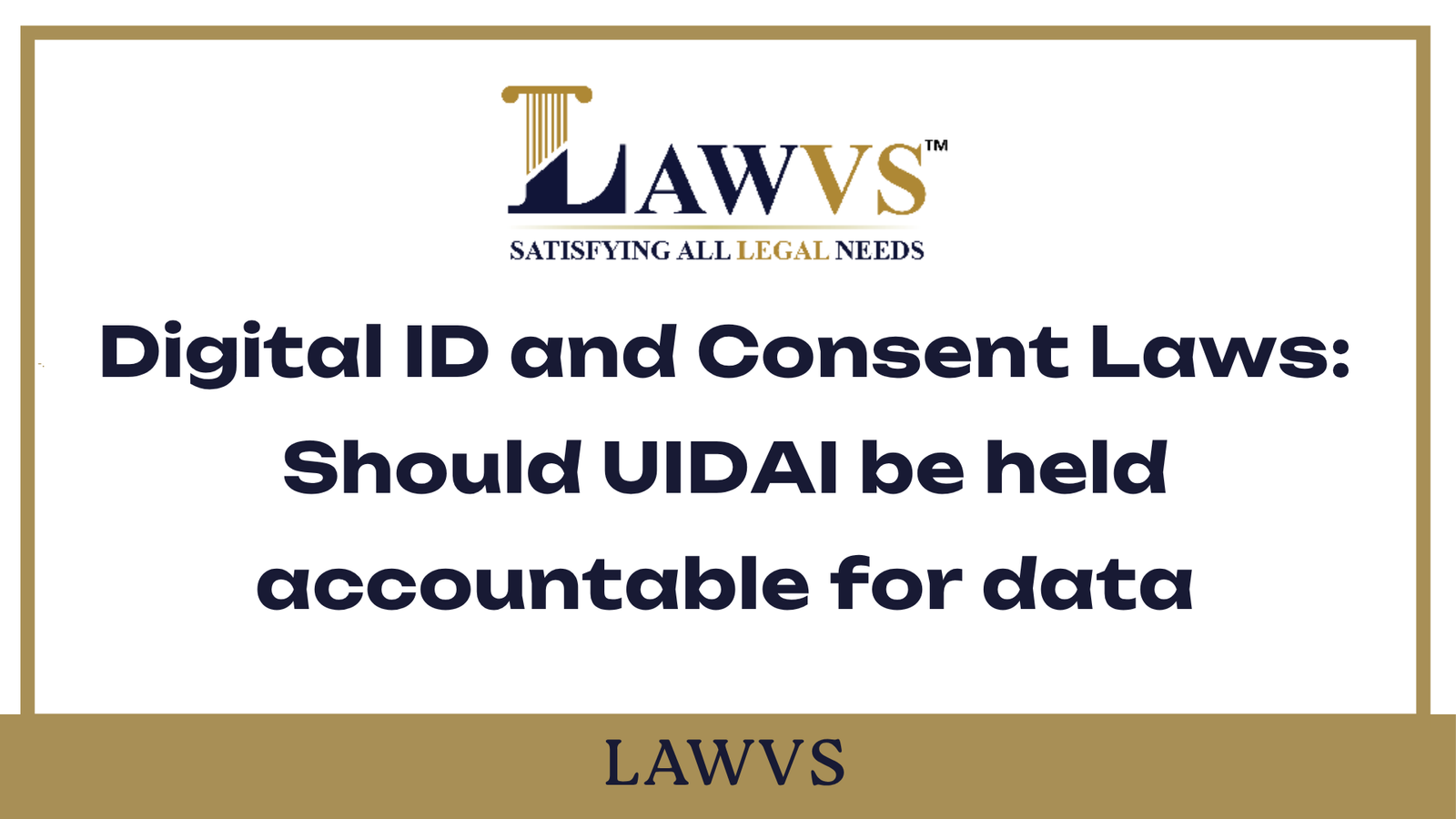Introduction
Transparency is one of the cornerstones of democratic governance. It promotes accountability, builds public trust, and serves as a deterrent to corruption. However, in recent years, Maharashtra—India's second-most populous state and a key economic powerhouse—has witnessed a series of events that have put the state's commitment to transparency under scrutiny. From opaque political alliances and administrative decisions to legal tussles over the Right to Information (RTI), the issue of transparency has become central to public debate.
1. Political Uncertainty and Backroom Deals
The political instability in Maharashtra following the 2019 assembly elections sparked nationwide debate. The formation of the Maha Vikas Aghadi (MVA) coalition between ideologically opposed parties (Shiv Sena, NCP, and Congress) was followed by its collapse and the dramatic rise of the Eknath Shinde faction. The lack of clarity regarding internal party functioning, secret meetings, and governor-level interventions have raised serious questions about transparency in the political process. Critics argue that public mandates are being subverted through legal loopholes and strategic defection—while the citizenry remains uninformed about the mechanics of these shifts.
2. Delays in RTI Responses and Curbing Whistleblowers
The effectiveness of the RTI Act in Maharashtra is deteriorating. Several journalists and activists have raised alarms about excessive delays, partial disclosures, or outright denials of information that should be public. A 2024 report by a Pune-based transparency watchdog highlighted a backlog of over 30,000 RTI appeals. Furthermore, whistleblowers and activists have faced increasing threats and harassment, creating a chilling effect on efforts to uncover corruption.
3. Municipal and Infrastructure Decisions Without Public Consultation
Major infrastructure projects—such as the Coastal Road in Mumbai, the Metro car shed in Aarey Forest, and the Dharavi Redevelopment Project—have faced criticism for being executed without adequate public engagement or environmental transparency. Although these projects promise modernization, lack of access to environmental assessment reports and social impact reviews has alienated local communities. In some instances, data related to public consultations was either not published or was difficult to access.
4. Judicial Observations and the Role of Media
The Bombay High Court has on multiple occasions criticized state authorities for lack of transparency, especially in matters related to land acquisition, police transfers, and municipal functioning. In a notable 2023 case, the Court remarked that “transparency must not be a mere slogan but an operational principle.” Simultaneously, media investigations continue to play a crucial role in bringing murky decisions into the public domain, although pressures on independent journalism are increasing.
5. Digital Governance – A Double-Edged Sword
While Maharashtra has made strides in digitizing public services, including land records, grievance redressal portals, and e-governance dashboards, many citizens—especially in rural areas—struggle to access these platforms due to digital illiteracy or lack of connectivity. Moreover, concerns about data privacy and the non-disclosure of algorithmic decision-making have created a new form of “technocratic opacity.”
Conclusion
Transparency in Maharashtra is at a critical crossroads. While frameworks like RTI and digital governance exist, their implementation has become inconsistent and often obstructed. As citizens demand clearer, fairer, and more participatory governance, the state must prioritize openness in political dealings, administrative processes, and public spending. Without restoring transparency as a core value, trust in democratic institutions may further erode.








